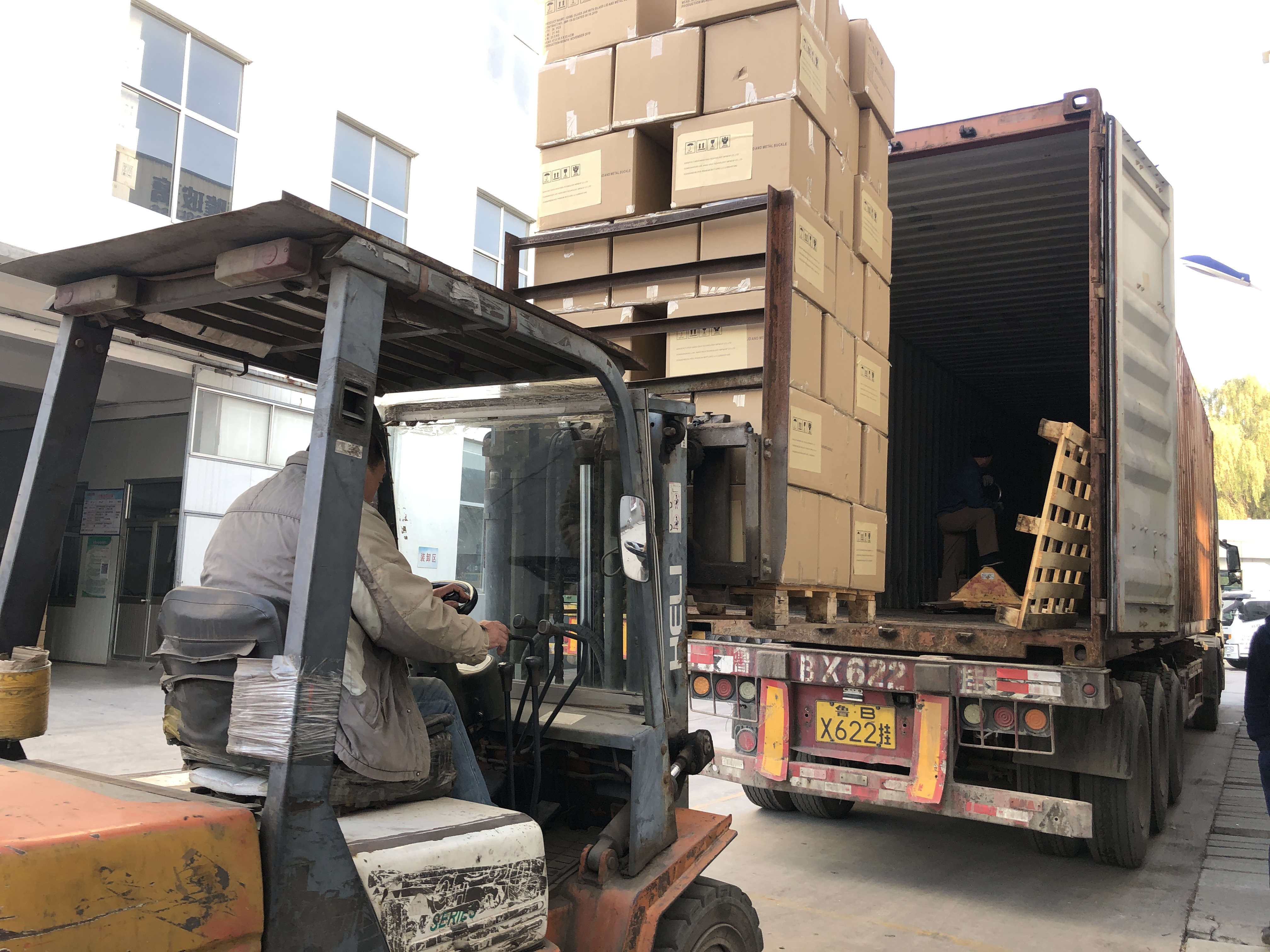Strategies for Companies to Reduce Packaging Expenses and Enhance Operational Efficiency
Strategies for Companies to Reduce Packaging Expenses and Enhance Operational Efficiency
In a competitive marketplace, companies face relentless demands to lower expenses, boost operational efficiency, and achieve sustainability goals, all while providing top-notch products to their customers. A frequently neglected opportunity for cost savings lies in packaging. While packaging is essential for safeguarding products, attracting consumers, and facilitating shipping logistics, it doesn’t need to be a costly component of business operations. By adopting several strategic modifications, businesses can greatly cut down on packaging expenses, optimize their supply chains, and bolster their sustainability initiatives.
Below are four important packaging strategies that direct-to-consumer businesses can utilize to lower costs.

Lightweighting involves minimizing the weight of packaging materials without compromising the safety of the product inside. This seemingly straightforward adjustment can significantly enhance a company's profitability. By utilizing less material, companies can cut down on production costs, decrease shipping fees, and optimize pallet usage, which allows for more products per shipment and reduces the frequency of deliveries.
For example, one highly effective method to achieve weight reduction is by replacing heavier materials like glass with lighter options such as PET plastic. Transitioning from glass bottles to PET plastic can lead to a substantial decrease in packaging weight, resulting in lower transportation costs while still ensuring that the product is adequately protected.
One effective approach to reducing packaging expenses is to strategically select suppliers based on their proximity to your manufacturing or filling sites. By choosing suppliers that are located nearby, you can decrease shipping costs and shorten delivery times. Local suppliers tend to offer more favorable pricing because of the reduced distance for transportation, and they can also help avoid expensive disruptions in your supply chain. TricorBraun has facilities positioned across the East Coast, Midwest, Southwest, and West Coast, ensuring support for your business no matter where it operates. If your operations are outside the U.S., TricorBraun collaborates with global supplier partners, enabling assistance for brands regardless of their location or filling sites.
For instance, opting for a local supplier instead of one situated far away or overseas can significantly lower the expenses tied to long-distance shipping. This not only helps in cutting freight costs but also minimizes the environmental footprint, as shorter travel distances lead to reduced carbon emissions.
Rationalizing Packaging Sizes and SKUs
The process of optimizing packaging dimensions entails unifying the packaging for different products, leading to simpler production workflows and cost savings. By streamlining packaging sizes, companies can lower tooling expenses, decrease the necessity for various molds, and cut down on inventory storage costs.
For instance, if a company standardizes bottle dimensions across its product range, it can utilize identical molds, labels, and packaging supplies for numerous SKUs. This approach minimizes excessive variations in packaging and reduces the creation of tailored packaging solutions, resulting in both immediate and sustained financial benefits.
Leveraging Sustainable or Alternative Materials
The importance of sustainability is rising for both consumers and businesses alike. Opting for sustainable materials not only lessens environmental harm but can also lead to long-term cost savings for B2C companies. For instance, post-consumer recycled (PCR) plastics may be cheaper than new materials, and certain eco-friendly alternatives might even come with tax benefits or lower disposal costs.
For example, by transitioning from new plastics to PCR plastics or choosing corrugated cardboard for secondary packaging, B2C companies can decrease their material expenses while meeting consumer demand for products that are environmentally friendly. Moreover, utilizing sustainable materials typically minimizes waste and disposal costs, creating additional financial advantages.
Reducing packaging costs can be achieved through strategies such as minimizing weight, optimizing supplier locations, standardizing packaging dimensions, and utilizing eco-friendly materials.
Implementing these strategies allows businesses to enhance their operational efficiency, improve supply chain dynamics, and address the increasing emphasis on sustainability, all while increasing profitability. This leads to a packaging solution that is both economically advantageous and environmentally conscious, providing advantages for companies and their clients alike.